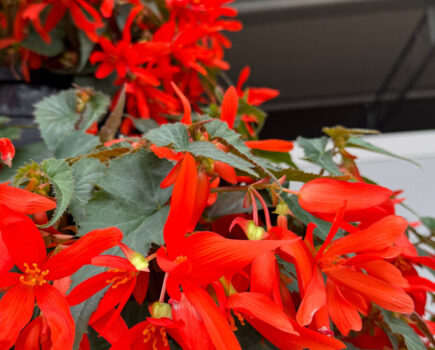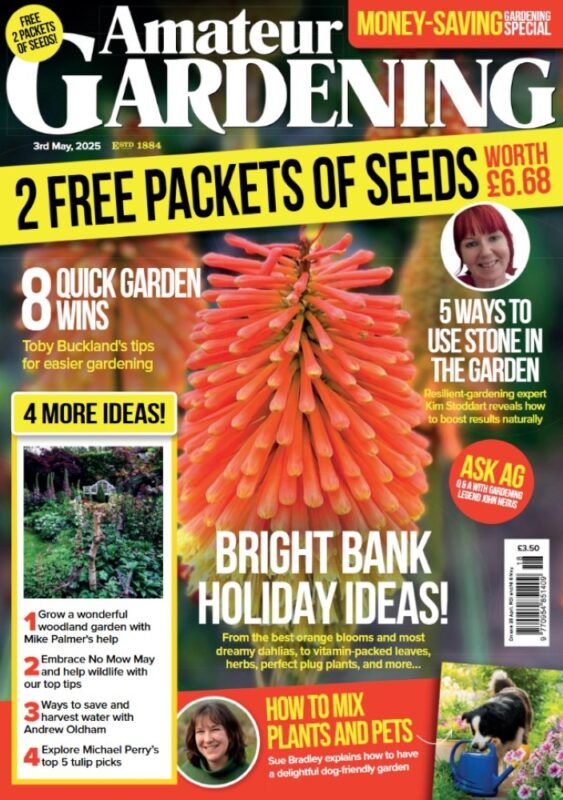Editor and multi award-winning resilient gardening expert Kim Stoddart offers more thrifty ideas to help you boost cost-free results naturally this summer
Saving money feels good on every level and is by no means a lesser form of gardening. Quite the opposite in fact. Making, mending and creating useful materials out of what you have readily available provides added feel-good empowerment via the knowledge that you aren’t reliant on buying absolutely you need. It makes you think, innovate and get hands-on, building your confidence, connecting you with your surroundings and channelling the gardeners of yore.
It also turns the idea of anything being ‘single use’ on its silly head and lets you protect the planet by reducing plastic, turning waste items into something wondrous and perhaps, best of all, it can help improve your gardening efforts and your ability to solve problems as your garden grows. All in the name of money-saving to boot. How great is that?
Here are just a few more ideas to help you on your merry resilient gardening way:
4 ways to boost home-made composting
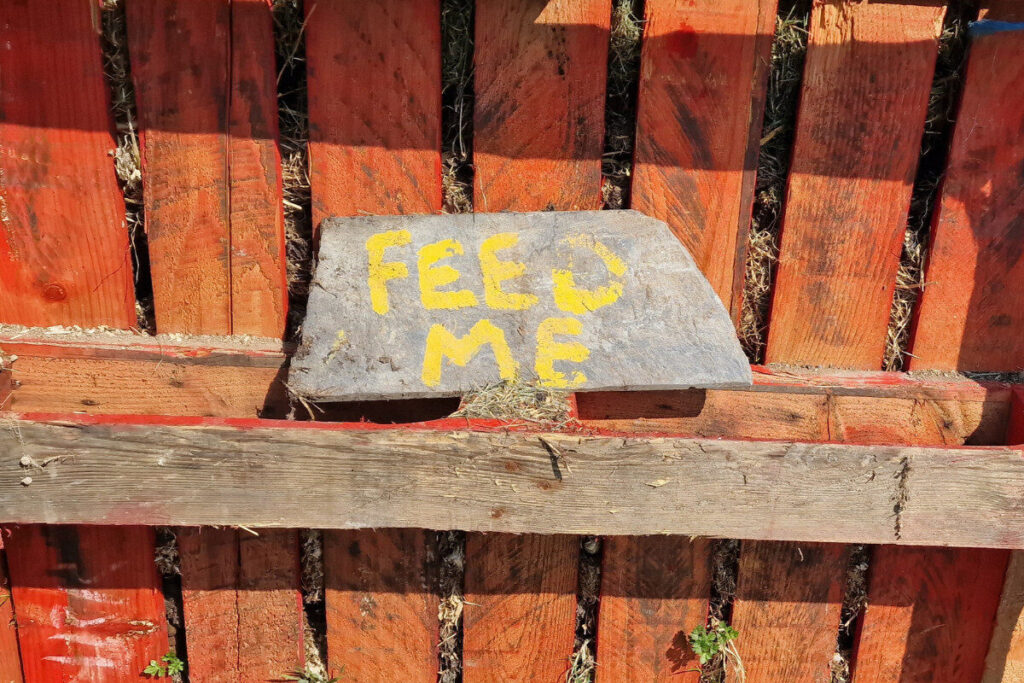

Money saving doesn’t come better than turning kitchen and garden waste into the most wondrous soil improver for your garden. Here are some additional cost-free ways to further your supply.
- Use non-invasive weeds as an added ingredient
Anton Rosenfeld talks about weeds and their use on page 46, and they also make a fantastic compost ingredient as well if soaked first for a few weeks so the roots and seed heads break down. Yes, it will smell, but you can use a weighted bin lid on their container to help keep the whiff contained. Then just pour your ingredients onto the compost and let the clever composting process do the rest.
- Make use of old clothing
If you have clothing made from natural materials which is too holey to send to a charity shop, then consider cutting it up and composting it instead. Organic cottons, wool, bamboo and such-like made without bleaching can be cut up into small pieces and added to the pile.
- Add cereal or packaging boxes and some tea bags
Nowadays most supermarket cardboard boxes are printed with vegetable dyes and can be torn up and added to the compost as a brown ingredient. Just remove any staples or plastic first. Also, as long as a tea bag is plastic-free it can be added safely along with coffee grinds.
- Comfrey, nettles and borage
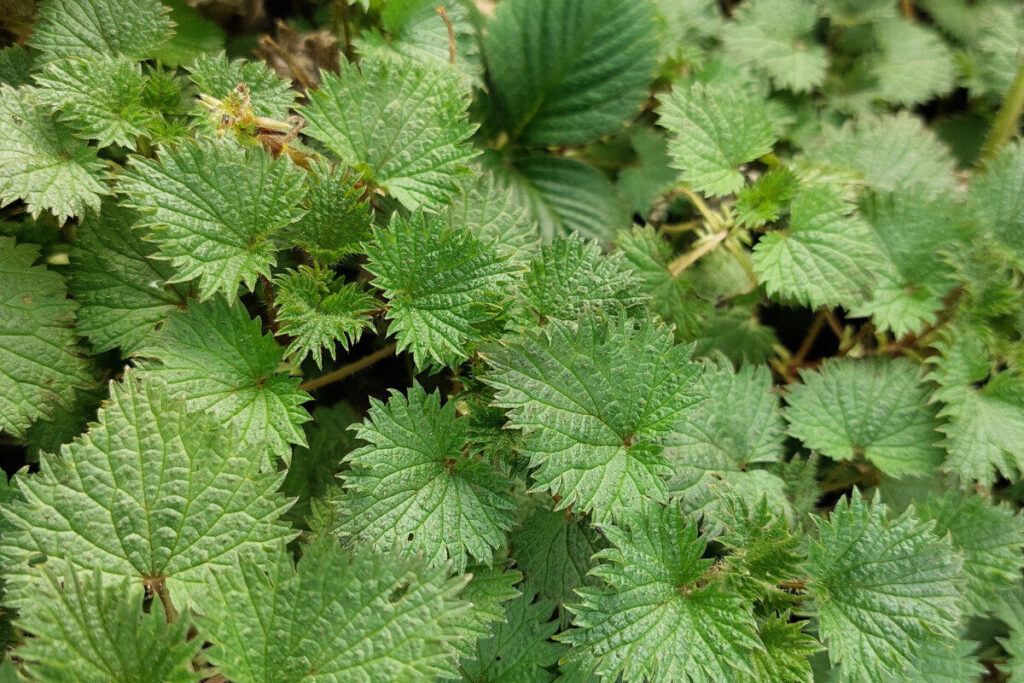
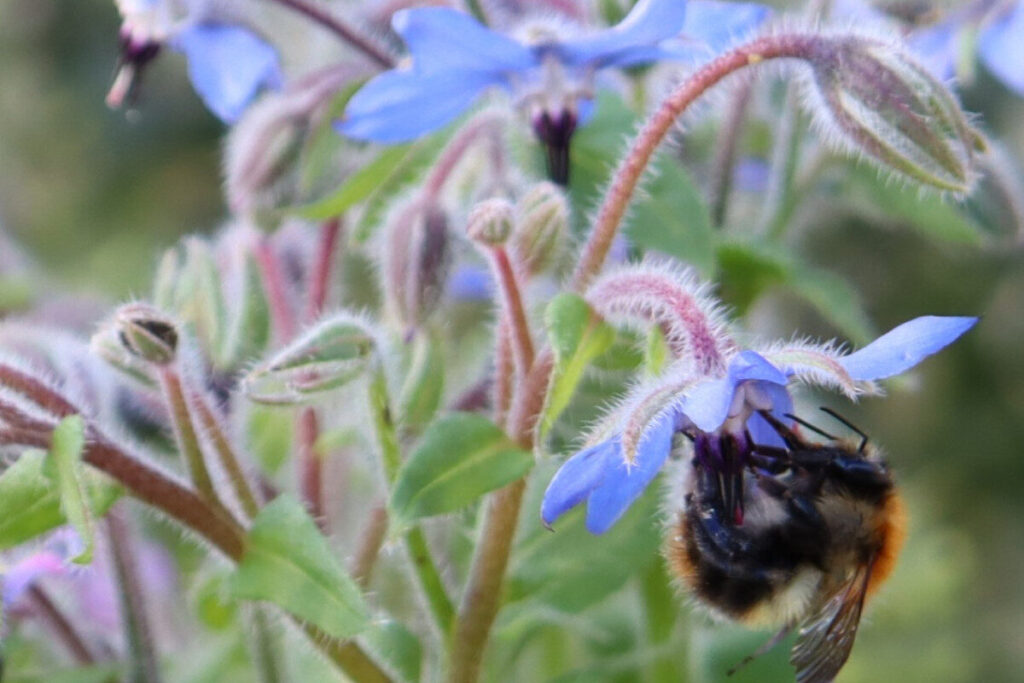
Both of these make very useful compost-boosting additions. Comfrey itself is what’s called a dynamic accumulator, which means it is able to pull up minerals from deep in the soil which will add to the potency of your heap. Nettle leaves (without roots or seed heads which should instead be soaked in water) are also good additions, along with borage for a super-charged supply.
- Not forgetting grass clippings and prunings
This last one may be obvious, but you’ll be surprised how many gardeners don’t make use of these in their compost making. Grass clippings can be added as a thin green layer and prunings help to aerate the compost, boosting nitrogen and aiding the decomposition process no end.
…………….
6 easy ways to maximise edible harvests
At this time of year here are some of my favourites to boost home grown rewards
- More bountiful basil
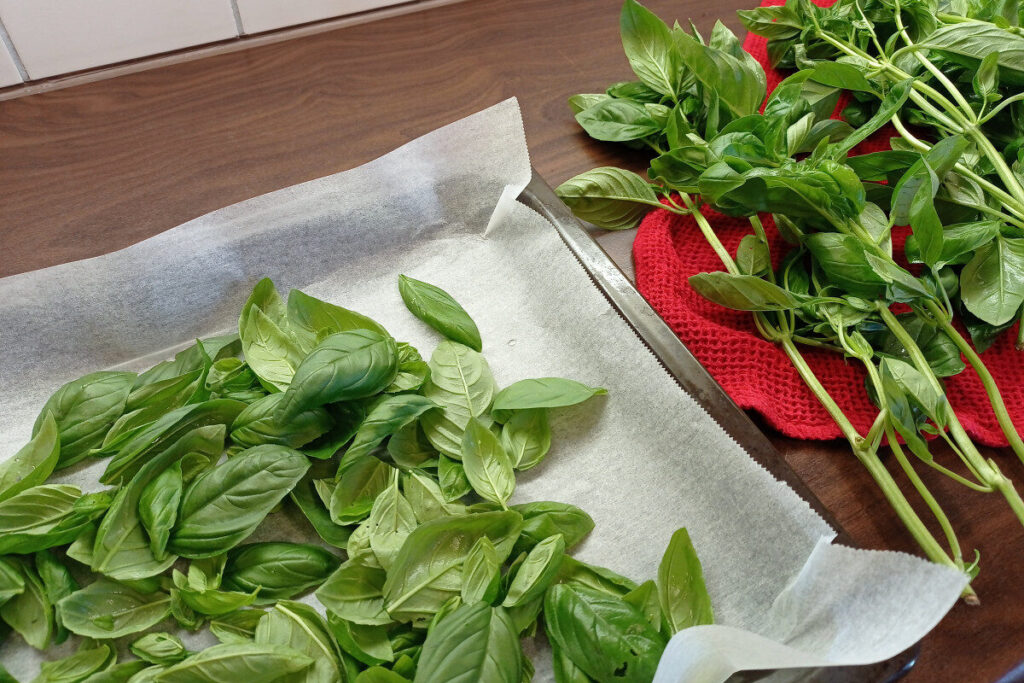
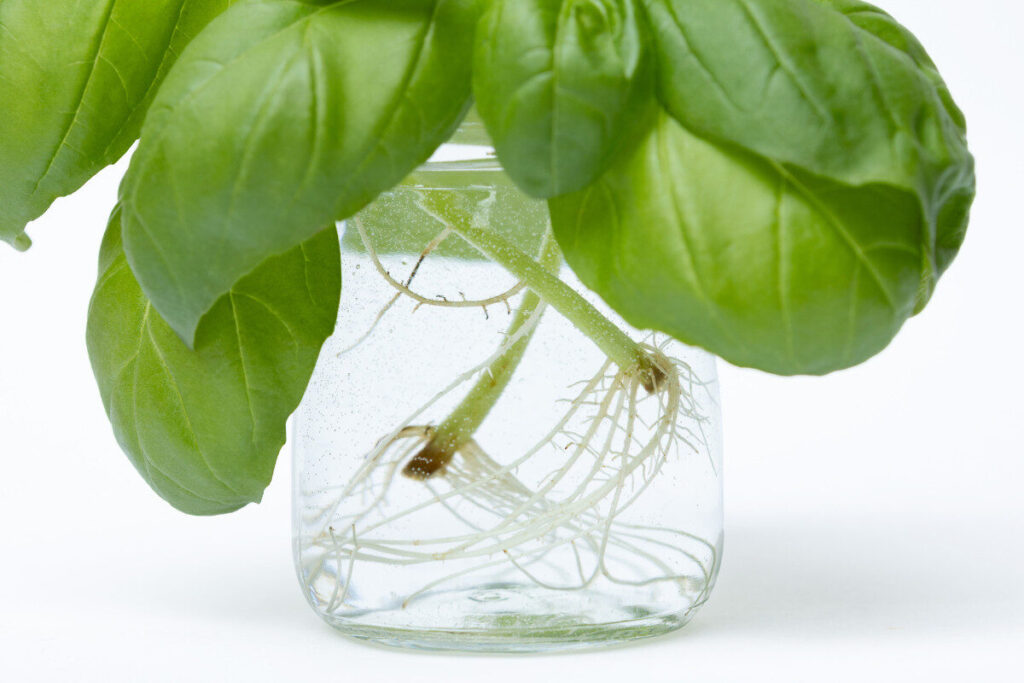
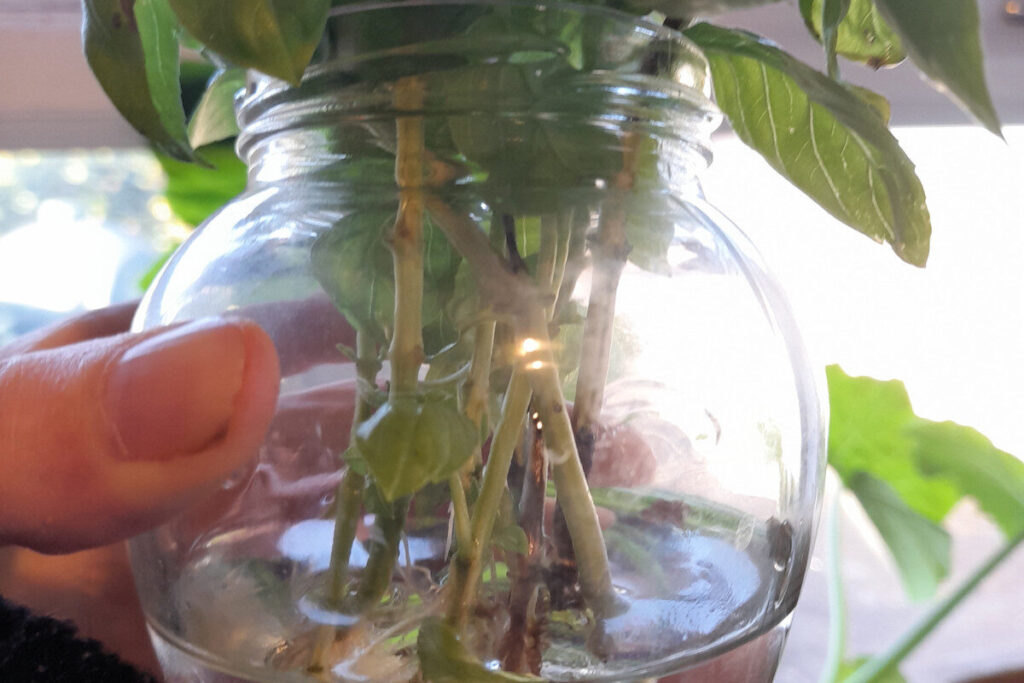
Pinch some stems from an existing plant (roughly four inches long), remove the lower leaves and place in a glass of water on a sunny windowsill. Within a few weeks the stems will start to root and when they look robust enough can be planted out in lovely peat-free compost to further your supply.
- Try rooting cordon (tall) tomato plant stems
Trail a tomato stem along the ground and use a stone to hold it in place before it grows up and watch as it sets down roots over time. Doing this will create a more resilient plant with, in my experience, better harvests as your plant is obtaining food and water from more than one place. You can do this per stem, and even try it in a few places depending on what works with your growing space. It also means your plants need less watering. Bonus!
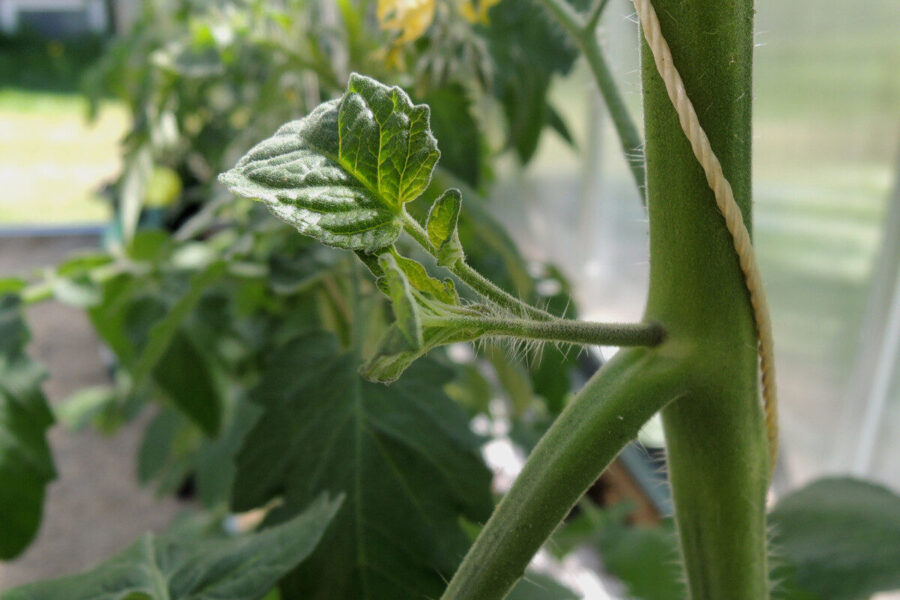
- Make use of edible veg flowers

In the vegetable garden, when your brassicas try to set seed, the pretty yellow flowers are edible and look so pretty used to decorate food. The same applies to rocket, radish and lettuce to name but a few. Allowing some to flower helps biodiversity and makes home-grown dishes shine.
- Try and grow on weaker-looking seedlings
This goes against traditional advice, but do bear in mind that when thinning out seedlings, that lettuce that didn’t germinate as well as the others might just have been deeper in the soil, and it could catch up. Equally, it’s worth giving plants a chance to grow on as with good quality soil, they often still provide a decent harvest. It saves wasting plants.
- Do plant swaps with friends, family, neighbours, strangers…
Have too much of one thing and would like to expand the varieties you are growing, why not reach out and partake in some good old fashioned barter and exchange. Don’t be shy. Your local gardening group, online forum, maybe a chat in the old garden centre – and who knows what you could end up with in return.
- Grow on some brassica and Swiss chard
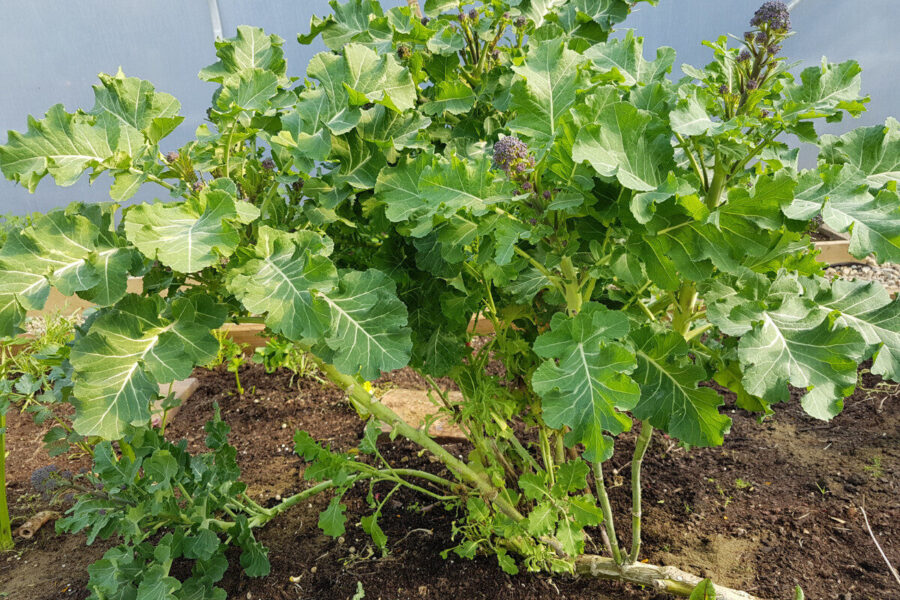
It’s really easy to do and so worthwhile. Cutting them back when they start to flower helps to conserve their energy and enables them to grow on and on. This works especially well under cover. I have grown purple sprouting broccoli for up to nine years in a polytunnel, and Swiss chard also for many years. Loose leaf kale can also grow on and on for super-productive fuss-free plants.
……………………
Top 5 seed to save from on the veg patch
You can save the seeds from many homegrown plants, choosing good resilient crops with which to work, but here are the most straightforward ones to try.
Lettuce
Just allow a healthy-looking lettuce to grow tall, flower and set seed. If the summer is wet (let’s hope not) then you are best off doing this with a plant you can bring inside as you don’t want the seed to rot. Otherwise, it’s very easy to do and one plant will provide an absolute abundance of seed for the following years.
Rocket
This cheeky resilient veg patch staple will happily self seed around your garden and provide useful ground cover around other crops so I say let it spread. You can save the seed and dry it for storage, but it will readily do the job nicely by itself given the chance.

Radish
These seeds are also edible, as are the pretty flowers, and the pods can be left to harden off on the plant, or brought inside to dry and safely store away in a paper envelope or old seed packet.
Peas and French beans
These are the best two legumes with which to work for seed saving. Just choose the healthiest, most productive plants and allow one pod to bulk out for the best quality seed supply.
Tomatoes and chilli
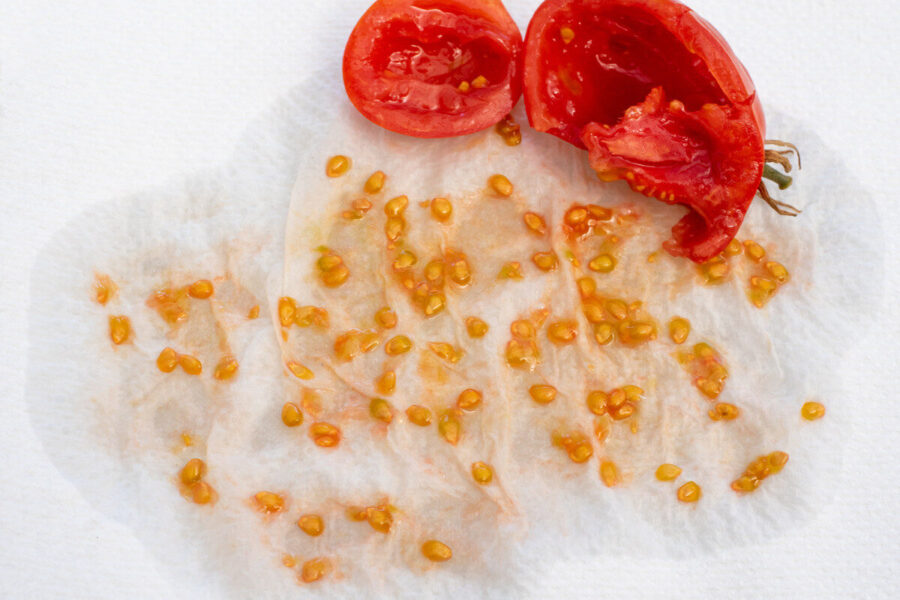
As the season progresses you’ll know which plants are performing best and are worth saving seeds from. You also have to savour the joy of fresh tomato eating first, let’s get our priorities straight! Once you are ready to save seed just remove the almost over-ripe tomatoes, place the seed on a piece of paper or card and allow them to dry in a warm spot inside before storing safely away.
Find more tips, advice and articles like this at the Amateur Gardening website. Subscribe to Amateur Gardening magazine now



